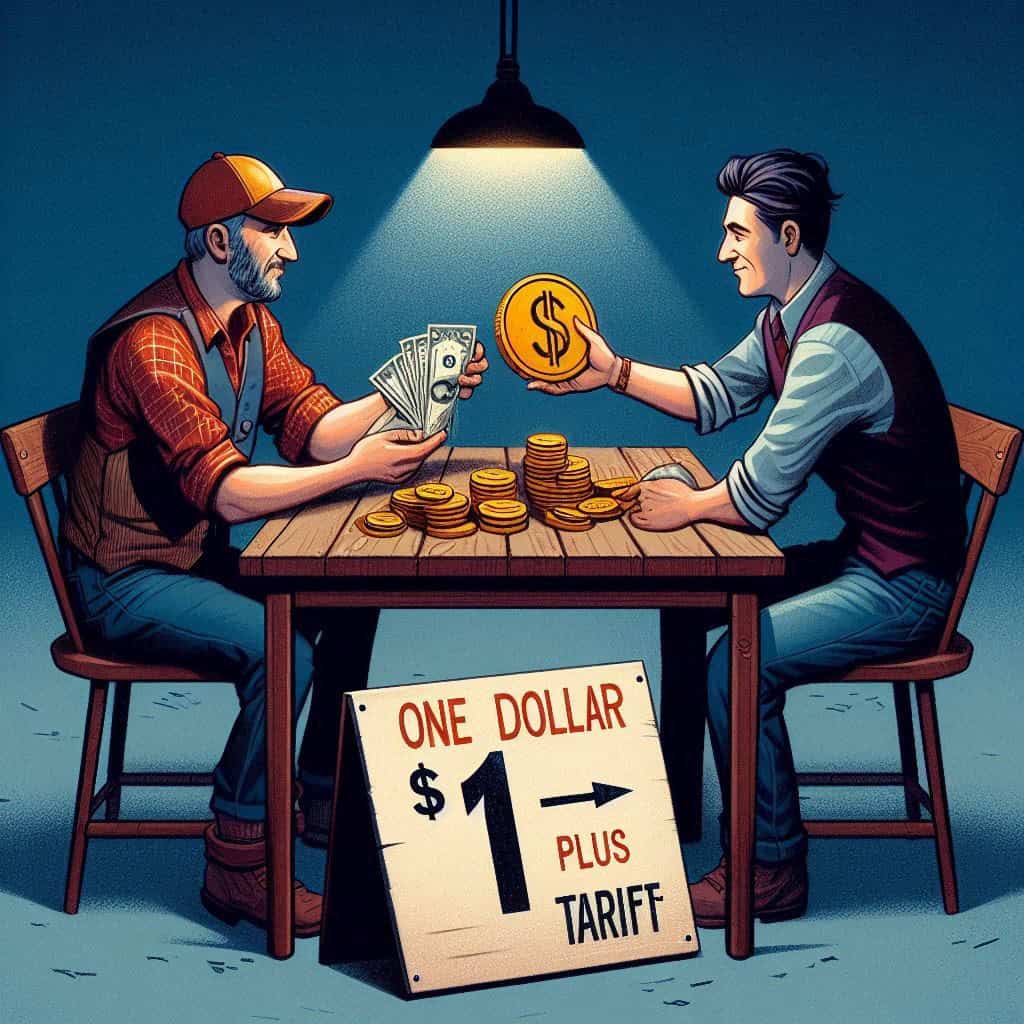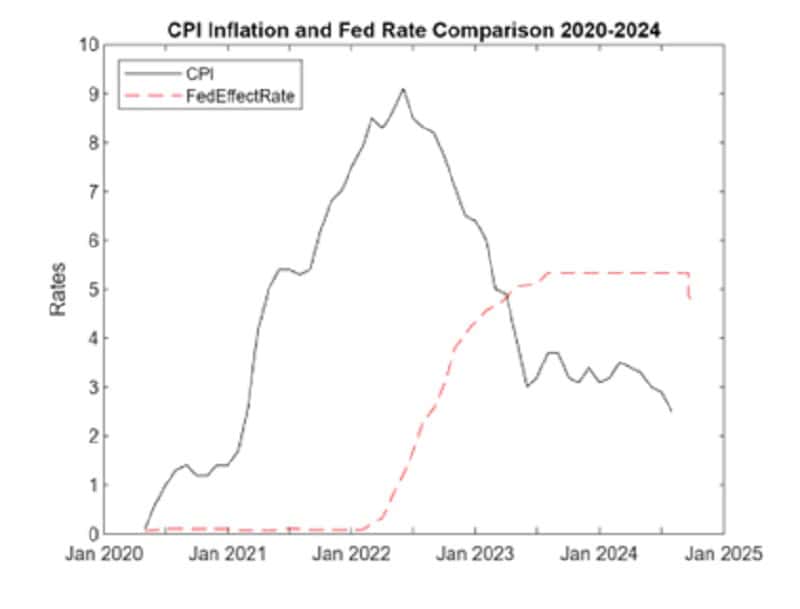Trade War
I don’t agree with Trump’s trade tariffs, the way he criticizes other countries, or the calculations behind the tariffs. However, given the current political landscape—with Democrats unable to present effective countermeasures and Republicans largely following Trump’s lead—we are stuck with navigating Trump’s Trade War for now.
Let’s delve into the economic statistics driving this debate.
Trade Is More Than Goods
Trump claims that foreign countries are cheating us, pointing to their trade surpluses with the United States as evidence. While the media highlight that international trade involves more than just goods, they often fail to articulate this clearly to those unfamiliar with global trade.
To put it in perspective, the U.S. global trade deficit in 2024 was $1.2 trillion, meaning the U.S. imported $1.2 trillion more goods than it exported. But why would foreign companies willingly send us more goods than we send to them? It’s not out of generosity—they do so because it’s profitable.
A trade imbalance isn’t inherently a problem. Trump’s approach assumes that the U.S. has untapped goods that foreign countries are rejecting, which could balance the deficit. However, is this realistic? In 2024, the U.S. industrial capacity utilization rate averaged around 77.5%, leaving nearly a quarter of our manufacturing capacity idle or unusable. Even if idle plants in the Rust Belt could be revitalized in a couple of years, the manufacturing sector faces a shortage of nearly 600,000 skilled workers. Where would we find the workforce to run these plants?
Additionally, trade is not just about goods. Services play a significant role, particularly through tech giants. In 2024, the U.S. global service surplus was $86 billion. However, trade discussions often exclude another critical factor: **profits.**
Overseas Profits
In 2024, S&P 500 companies reported $1.8 trillion in total profits, with 40–50% coming from foreign operations. These profits don’t factor into the import-export balance; instead, they’re counted as primary income. Yet they significantly benefit U.S. investors and drive domestic consumption. Importantly, the global trade contributions of these companies support nearly 14 million American jobs, as S&P 500 companies employ 29 million workers in total.
Budget Deficits and Foreign Investment
Another overlooked aspect is how trade deficits intersect with federal budget deficits. Foreign nations use their U.S. trade surpluses to purchase American debt. This foreign investment helps finance the U.S. government and keeps interest rates lower than they might otherwise be given our substantial federal debt.
In 2024, the annual government deficit was $1.8 trillion, funded by foreign entities, U.S. citizens, the Federal Reserve, and government trust funds like Social Security. Foreign entities alone held $8.5 trillion of U.S. debt—23% of the total. These financial flows are not reflected in trade balances but are crucial to our economic stability.
Trade War Costs Go Beyond Changing Goods Flow
The benefits of trade extend far beyond extra goods. The U.S. gains corporate profits, millions of jobs tied to overseas trade, and lower interest rates due to foreign investment in U.S. debt.
However, Trump’s tariff policies overlook these essential income and financial flows. They risk pushing foreign countries to seek new trading partners, reducing trust in America’s commitment to treaties and long-standing relationships. This, in turn, damages American brands—from Coca-Cola to Kentucky bourbon—and threatens the stock market, which could lose the premium of higher price-to-earnings ratios.
The uncertainty and chaos caused by tariffs have also shaken business confidence. Capital expenditures are on hold as foreign companies reassess the costs of doing business with the U.S. Many may conclude that the unpredictability of America’s tariff policies makes it an unreliable trading partner.
Conclusion
Trump’s tariff regime has far-reaching consequences, not only for the flow of goods but also for the broader economic ecosystem. It disrupts global trade relationships, undermines trust in American brands, and injects uncertainty into business planning—all while neglecting the significant benefits the U.S. derives from global trade.
Additional Information
Tariffs and Stagflation
Trump 2.0 Reasoning







